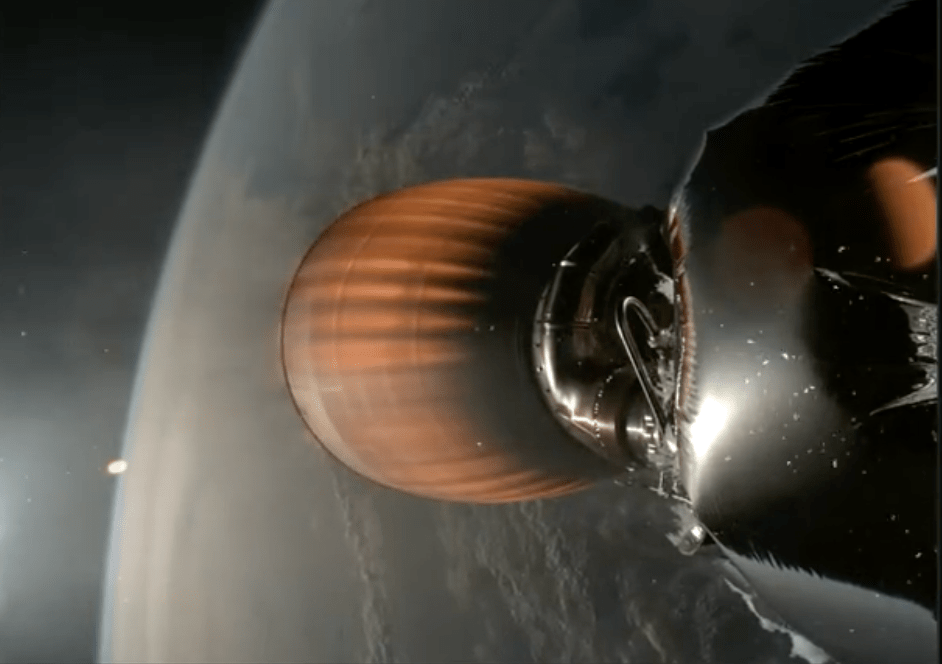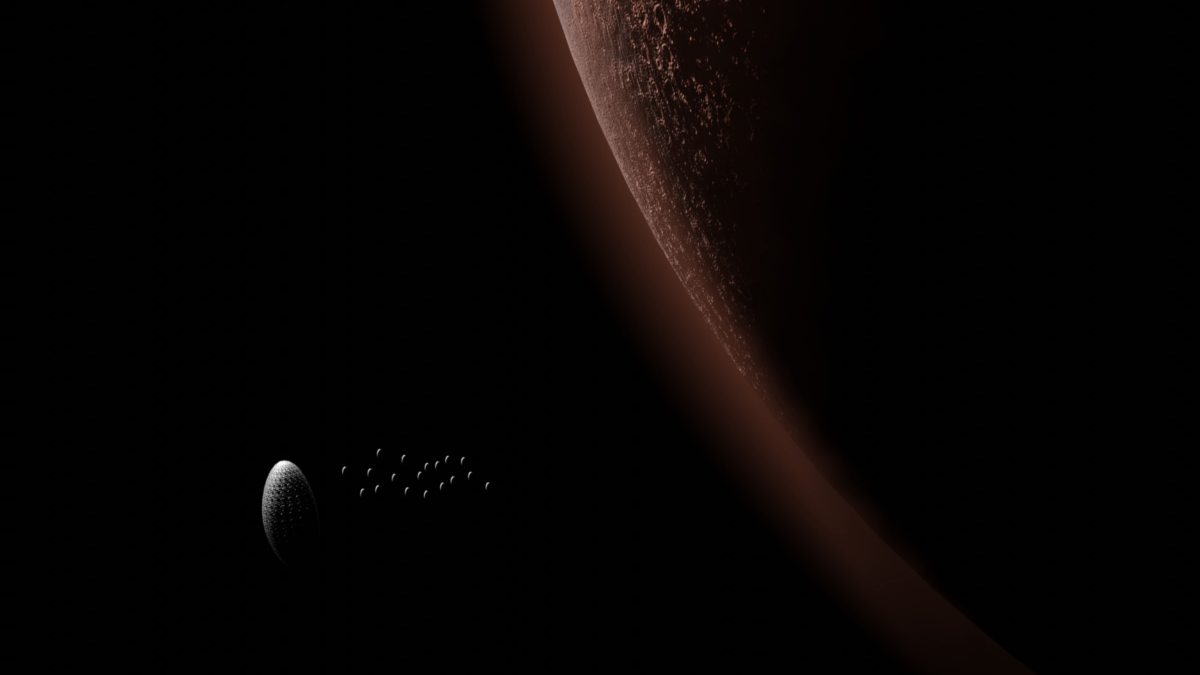
SpaceX’s Falcon 9 rocket is the most reliable launch vehicle in history, but even the greats have an occasional miss. That’s what happened on Thursday evening, when the rocket’s second stage suffered a catastrophic error on orbit during a routine launch of a batch of Starlink internet satellites.
SpaceX CEO Elon Musk later said on his platform X that the second stage’s Merlin Vacuum engine failed to reignite for the second and final time, which resulted in a “RUD” — a rapid unscheduled disassembly, industry-speak for a catastrophic explosion. While the 20 Starlink satellites were deployed, they were deployed into the wrong orbit, and it’s unclear whether the onboard propulsion will move the satellites quickly enough to escape the pull of the Earth’s atmosphere.
“Upper stage restart to raise perigee resulted in an engine RUD for reasons currently unknown,” he said. “Team is reviewing data tonight to understand root cause. Starlink satellites were deployed, but the perigee may be too low for them to raise orbit. Will know more in a few hours.”
The Starlink 9-3 mission blasted off from California’s Vandenberg Space Force Base at 7:35 p.m. PST. Just minutes after lift-off, the livestream of the launch showed an usual amount of ice build-up on the top of the engine, with large clumps falling away into the engine’s exhaust plume. This could suggest a leak of the liquid oxygen, which together with kerosene makes up the engine propellant. The exact cause of the failure is still unknown.
SpaceX later said that it had made contact with five of the 20 satellites and is directing them to raise their orbits using their onboard ion thrusters. Engineers are updating the satellite’s software to run the thrusters “at their equivalent of warp 9,” Musk added on X. “Unlike a Star Trek episode, this will probably not work, but it’s worth a shot.”
The error brings to a close SpaceX’s incredible streak of 335 flawless launches across the company’s Falcon family of rockets, which also includes the more powerful Falcon Heavy. That includes 96 successful launches in 2023 and 69 successful launches in 2024. The last time the rocket experienced a major error was in 2016, when the rocket exploded on the pad during pre-launch testing. The last in-flight error occurred nearly a decade ago, in 2015, when the Falcon 9’s upper stage disintegrated a few minutes after lift-off.
“The FAA is aware an anomaly occurred during the SpaceX Starlink Group 9-3 mission that launched from Vandenberg Space Force Base in California on July 11,” an FAA spokesperson told TechCrunch. “The incident involved the failure of the upper stage rocket while it was in space. No public injuries or public property damage have been reported. The FAA is requiring an investigation.”
This anomaly could affect two critical crewed launches scheduled within the next month or so: the Polaris Dawn private spaceflight mission funded by billionaire Jared Isaacman at the end of the month and an astronaut transportation mission for NASA in mid-August.
Update: SpaceX confirmed that a liquid oxygen leak developed on the second stage, which accounts for the icy build-up as seen on the webcast. The company further said that the 20 Starlink satellites, which were deployed at an orbit of just 135 kilometers above Earth, will reenter the atmosphere and burn up.





